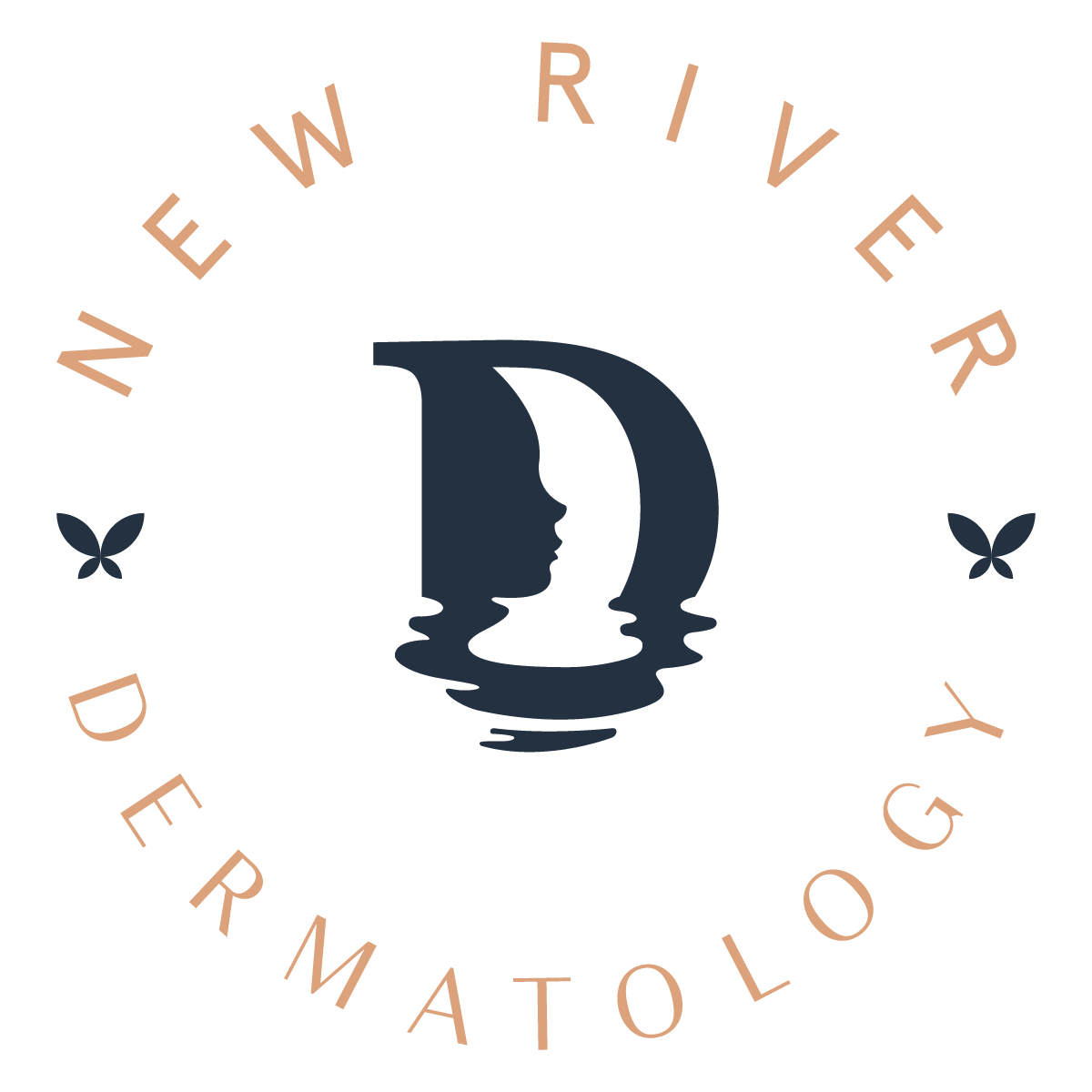The Best Skincare Routine After Menopause
There’s no getting around it: Menopause and the accompanying decrease in estrogen tends to have an affect on your skin — and after “the big change,” your skincare routine is going to need to look a little different, too.
How Menopause Affects Your Skin
There are a few big ways menopause affects skin during the years that follow. A lot of women find their facial skin to be drier, redder, more sensitive, and less firm than it was. Plus, the reduction in your skin’s collagen (about 25%) during the first couple years of menopause results in thinner, drier skin on the other side.
This is because collagen is a humectant, a conduit for water to absorb into your skin — less collagen means less water in your skin, so hydrating and moisturizing products are a must. Plus, there are likely a few concerns like hyperpigmentation, sensitivity, redness, fine lines and wrinkles to address, should you want to.
Start by taking an honest inventory of your skincare products and ask yourself if things you’ve used for a decade are still the most effective for your skin — or if you can benefit from switching things up a bit.
Here’s what every post-menopausal skincare routine should include.
Gentle cleanser.
The key is to cleanse your skin while keeping as much moisture as possible. Your skin is likely thinner, so avoid any kind of grainy scrubs. Foaming cleaners and double cleansing are probably overkill for sensitive, dry skin too. Try cream, milk, or oil cleansers instead.
Exfoliate.
Rather than use grainy scrubs that can cause micro-tears and redness, try a fruit-acid (or fruit-enzyme) based exfoliating mask once a week or so. This will help your cells turn over and slough off dry skin without doing any damage — and it’s a good chance to look for a formula with an acid that treats a specific skin care concern, like fine lines (retinoid) or redness (azelaic acid).
A solid serum or two.
Look for a hyaluronic acid formula that will even out your skin’s pH and promote some moisture, too. Also good? Retinol delivery via serum at night and an antioxidant serum in the morning.
Moisturizer.
Hydrate, hydrate, hydrate your skin. Get a rich cream at night if you have bothersome dry skin (especially for the winter) and a mild formula for the day. If your skin feels red or inflamed, having a gel formula you keep in the fridge can feel great in the mornings. Look for magic words like ceramides, niacinamide, plant-based peptides, and hyaluronic acid on the label to make sure the moisturizers are giving your skin what it needs.
Retinol.
That Vitamin A-derived product you’ve been using for years to boost collagen production is still important. The key with these is to start with a low concentration of retinol and increase it slowly, letting your skin acclimate to it. If your skin is sensitive, don’t use retinol straight-up; find formulas with ingredients like hyaluronic acid and niacinamide to help combat dryness from retinol.
A spritz on the go.
Having a hydrating facial mist on hand to keep in your bag is super-nice if you’re out and about, and your skin starts to feel tight or bothersome. (Keeping one in the fridge is great to have on hand at home, too.)
Ready to talk perimenopausal, menopausal, or post-menopausal skincare strategy? We’re here to help. Book a consultation with one of our doctors at any of our four locations today!
